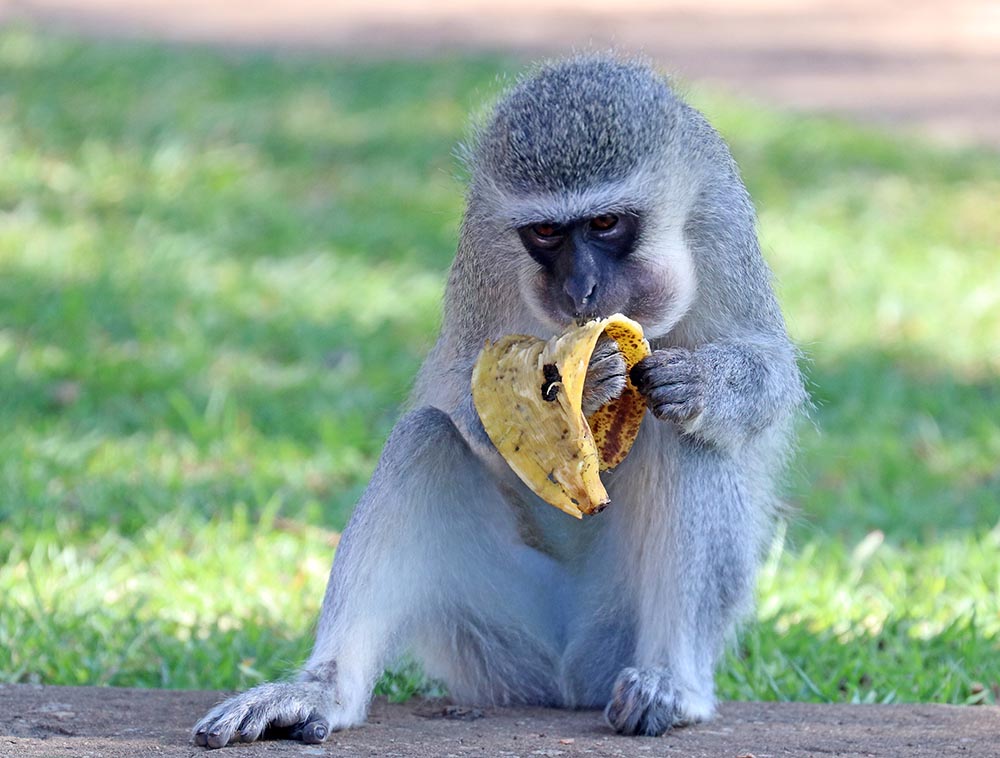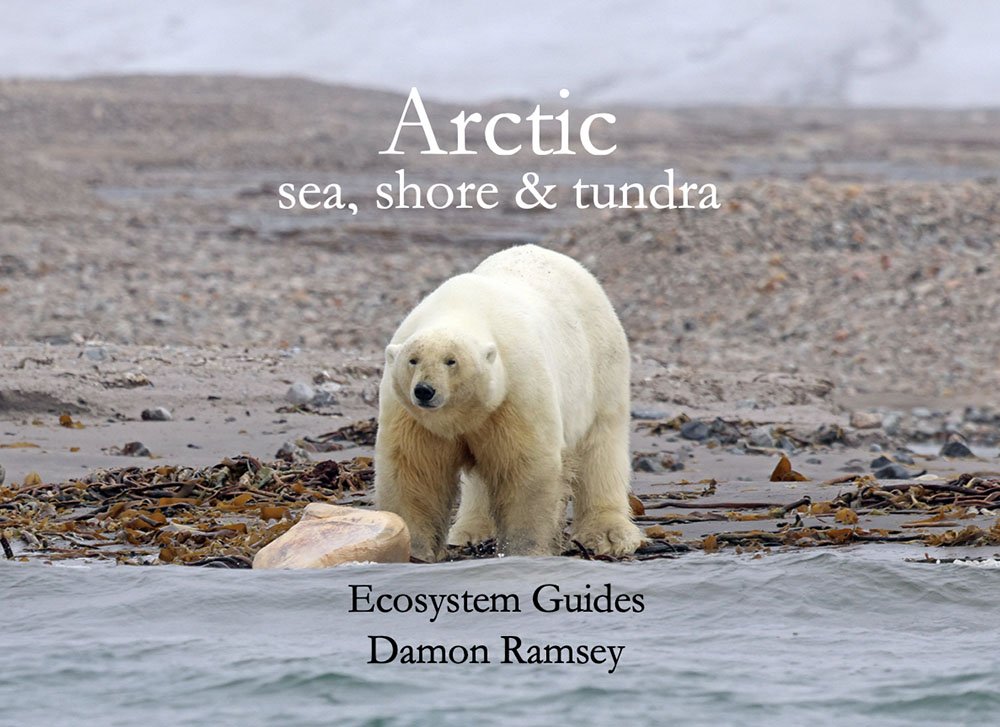ecosystem-guides.com
....exploring the planet's ecosystems
Hluhluwe-Imfolozi National Park
South Africa
One of South Africa's top national parks...
Personal experience
I have visited this area twice, both in 2018. The first time was for a day with a group tour, the second time was for the weekend by myself.
the park
This large protected area is Africa's oldest nature reserve, proclaimed in 1895. It was orginally a Royal hunting area in the Zulu Kingdom. It consists of low hilly terrain, and covers some 960 square kilometres. It is known as being a place where all of the 'big five' can be found. It is thought to have the highest population of White Rhino in the world, an animal that was very close to extinction last century. There are 300 kilometres of roads through the park, including many sealed roads. These roads are well signposted. There is a variety of camp grounds, picnic spots, and viewpoints.
As typical of a southern African park, there is plenty wildlife to be seen. Most tours do a few hours in the morning and a few hours in the afternoon. But there is still wildlife to be seen in the middle of the day if you are independent and have the energy to look all day.
The park is well known as a good place to see large mammals. Both the rare Black Rhino and the slightly less rare White Rhino can be found in this reserve. The White Rhino has the reputation of being placid, but having a group of them not let me pass in my car, I can assure you they can get quite grumpy. This includes the 'big five', including Rhino (both species), Buffalo, Lion and Leopard and of course African Elephant.
But of course there are the smaller animals that are just as interesting. There are many species of smaller mammals to be seen, including the cheeky Vervet Monkeys. When I left my car window open for a few minutes in the carpark, they climbed in and ate all my bananas.
And there are of course lots of bird to be seen.
If you check the tiolet and laundy blocks at night, you might spot the large Wahlberg's Velvet Gecko. If you walk the forest trail, watch out for the large Black Mamba!
While there are many exotics in the reserve, it is mostly dominated by native forest and savanna flora, the former more in the drier south and the latter in the north.
There is lots of accommodation throughout the park. The most convenient is the Hilltop Camp, which has a restaurant, shop, and various types of accommodation. Hilltop also has a walk that goes throug the forest. This is worth doing, as when I did it, I saw monkey, antelope and a rather large Black Mamba.
Hluhluwe-Imfolozi Park is easy to drive to from Richards Bay, or Durban. From both cities you follow signposted and major highways. (warning: do not use google maps! It will take you through dirt roads and small towns and to gates and roads that are no longer used). From Durban it takes about three hours.
 If you see this monkey, tell her I want my bananas back!
If you see this monkey, tell her I want my bananas back!


